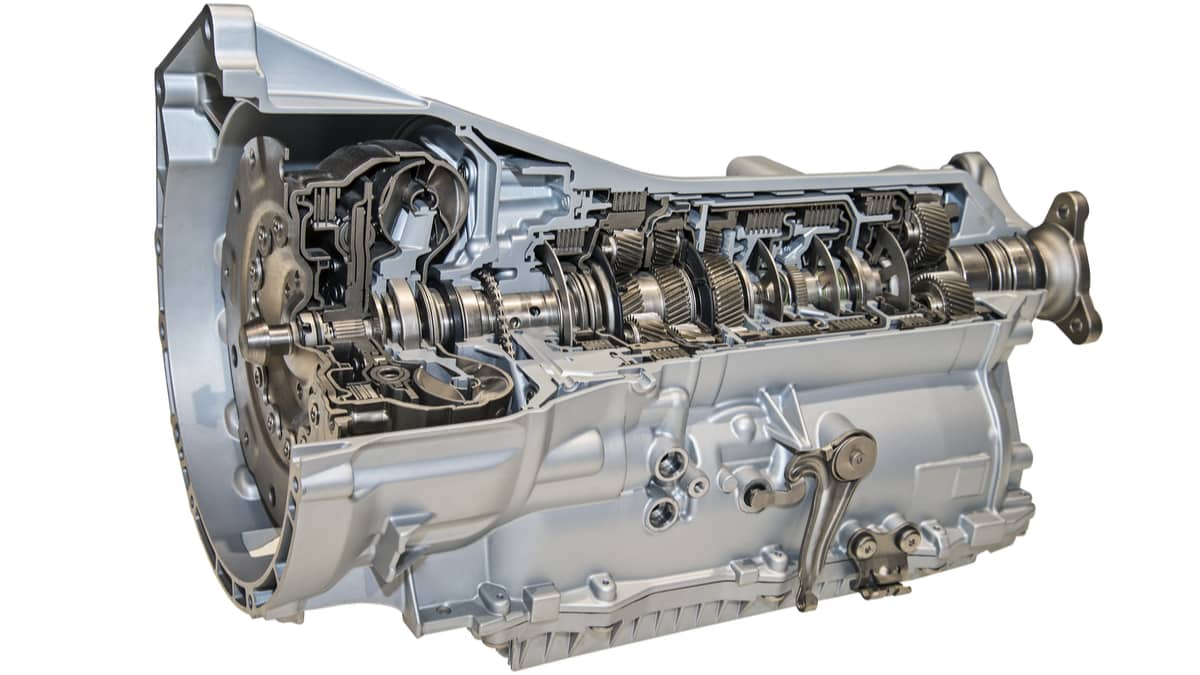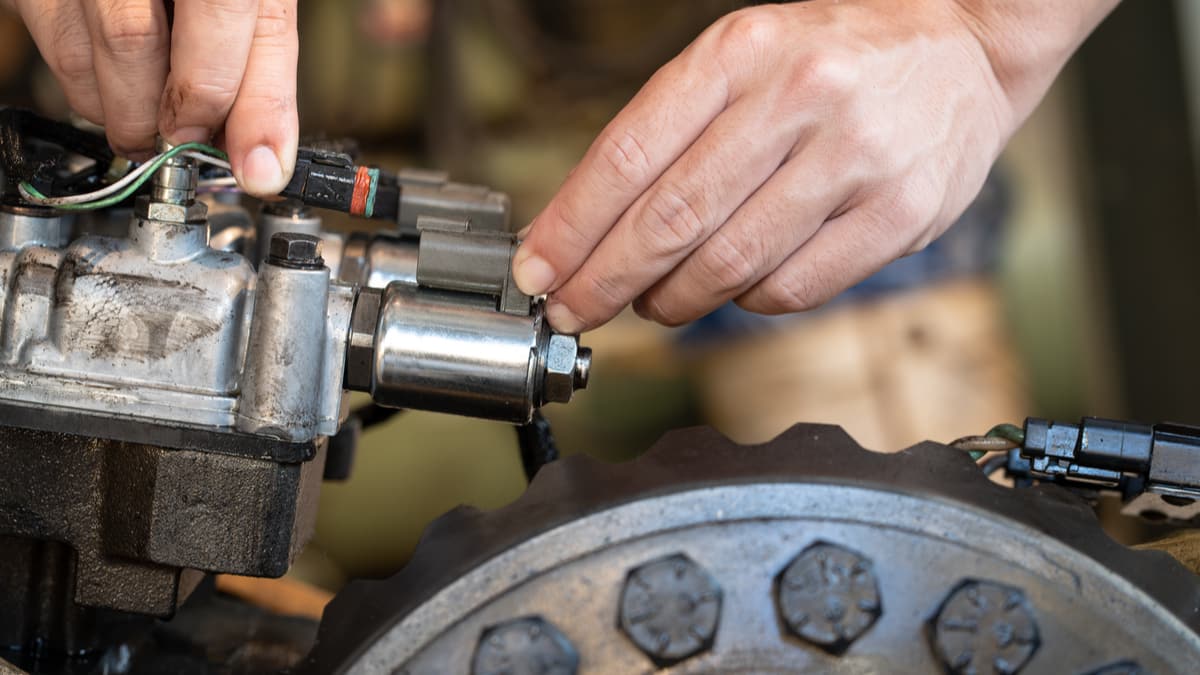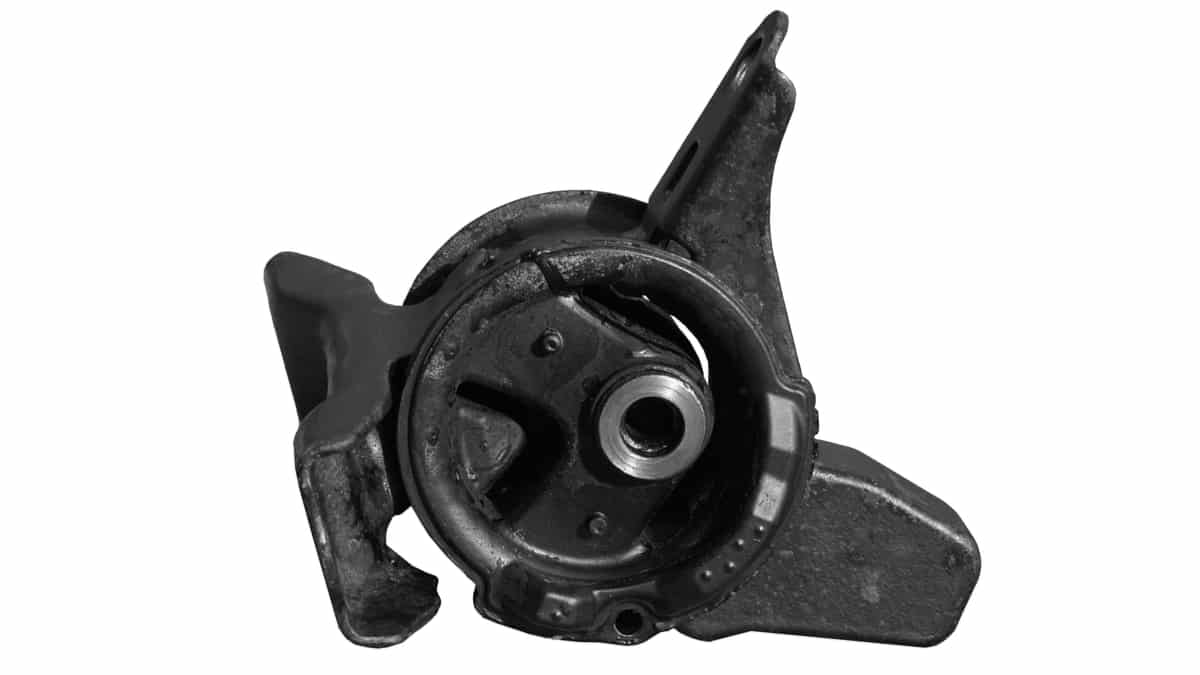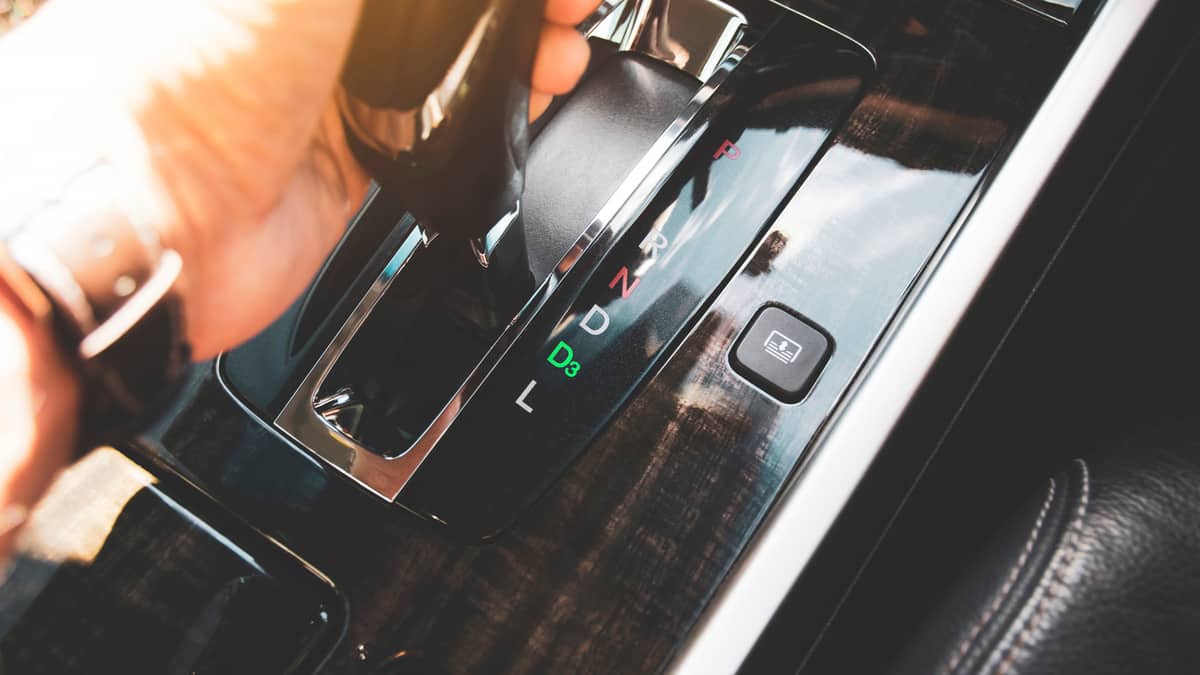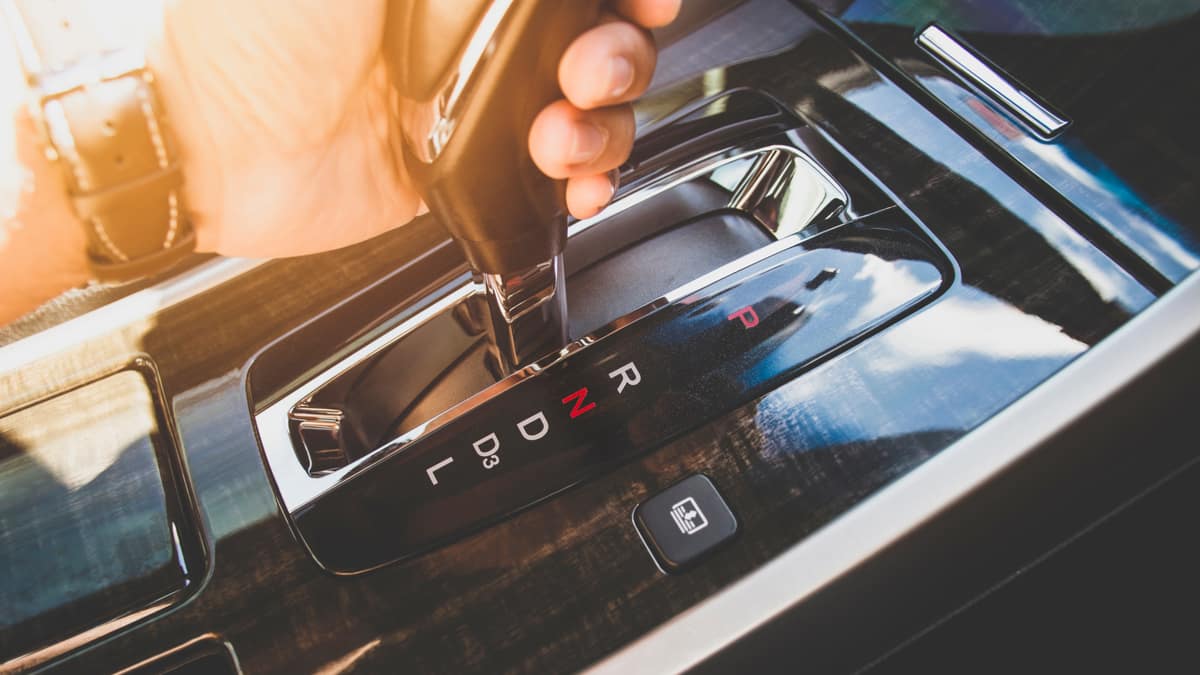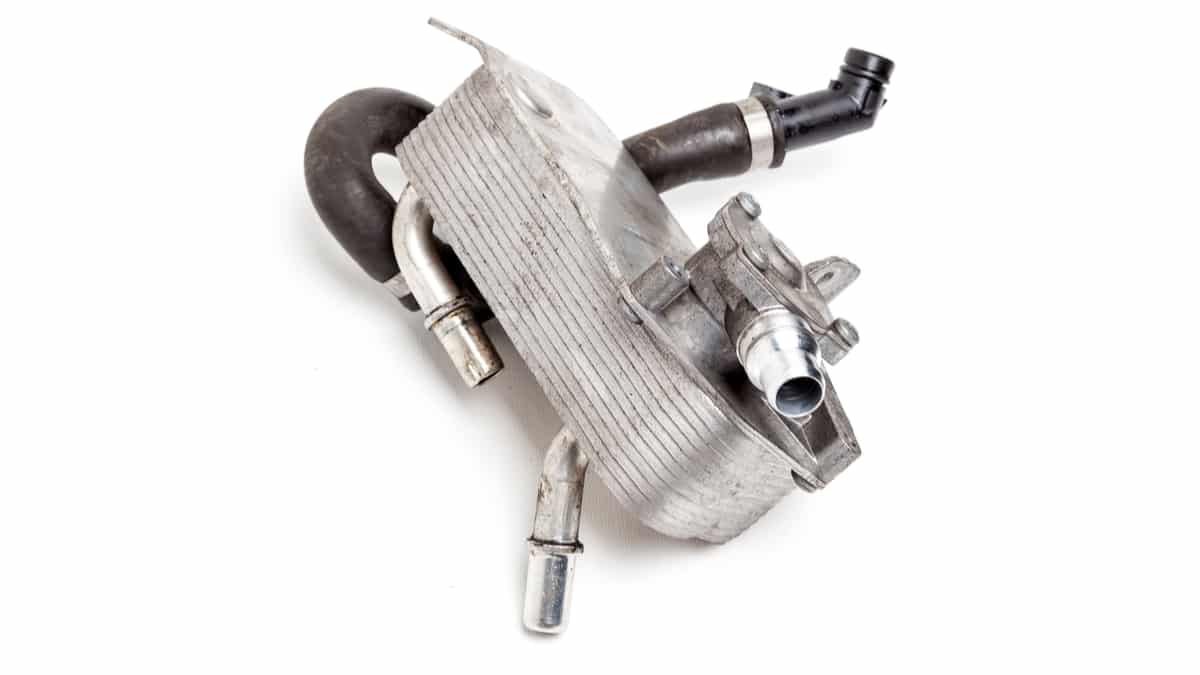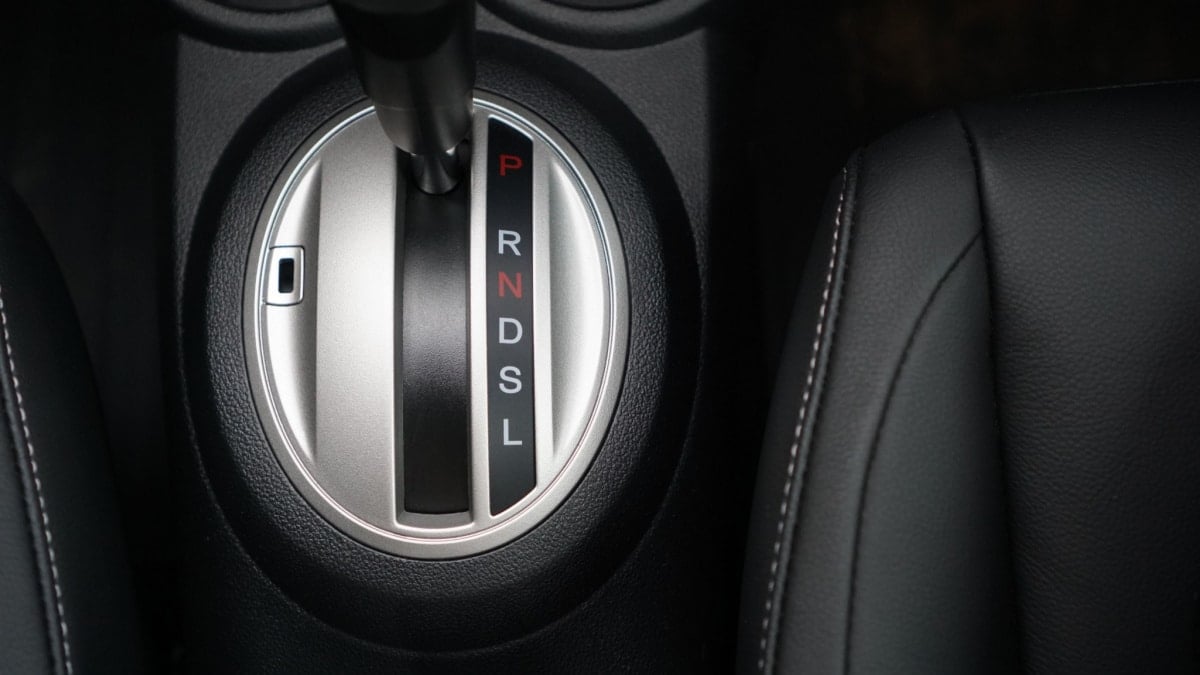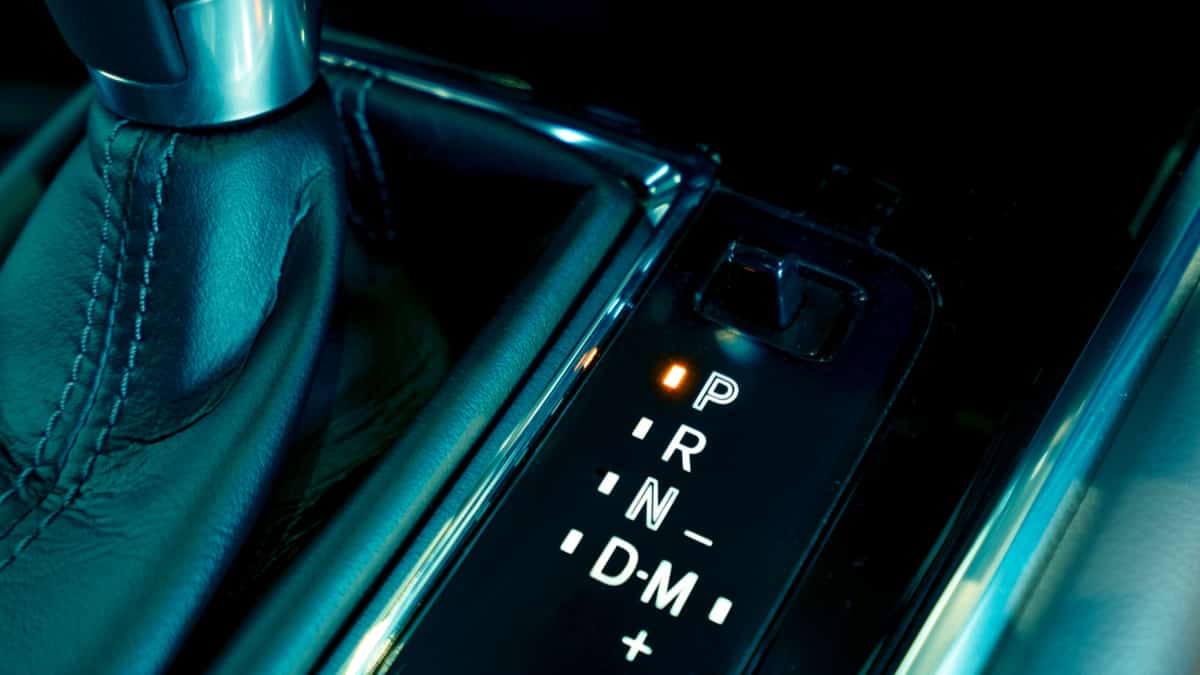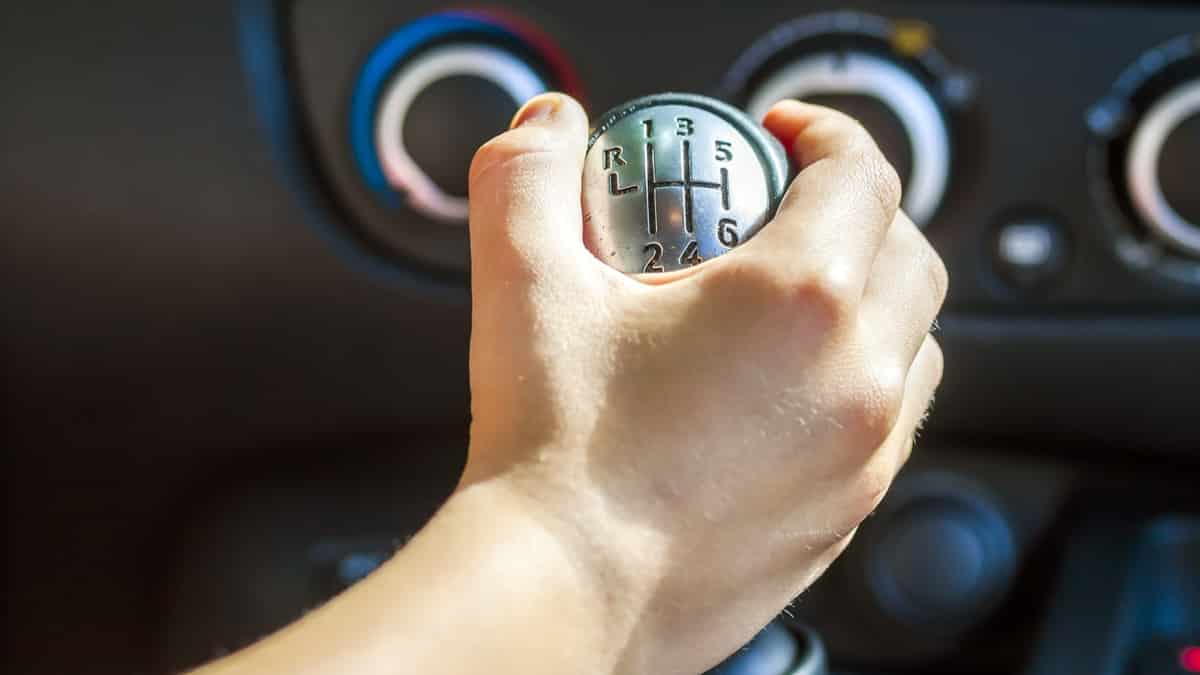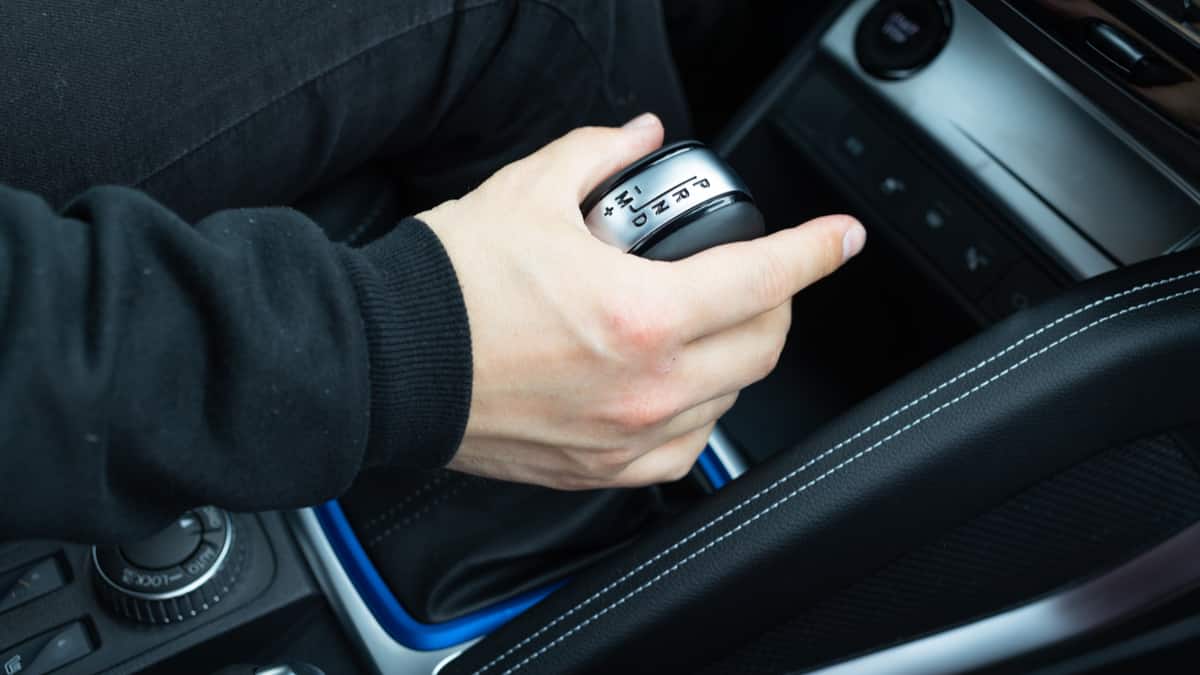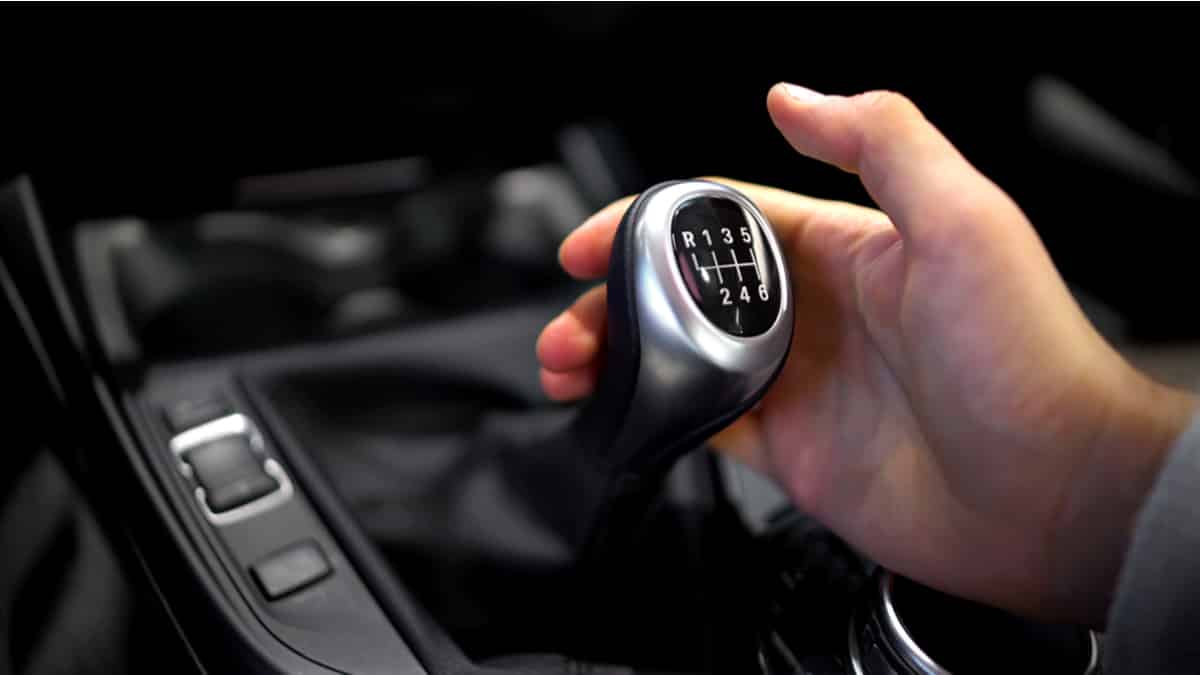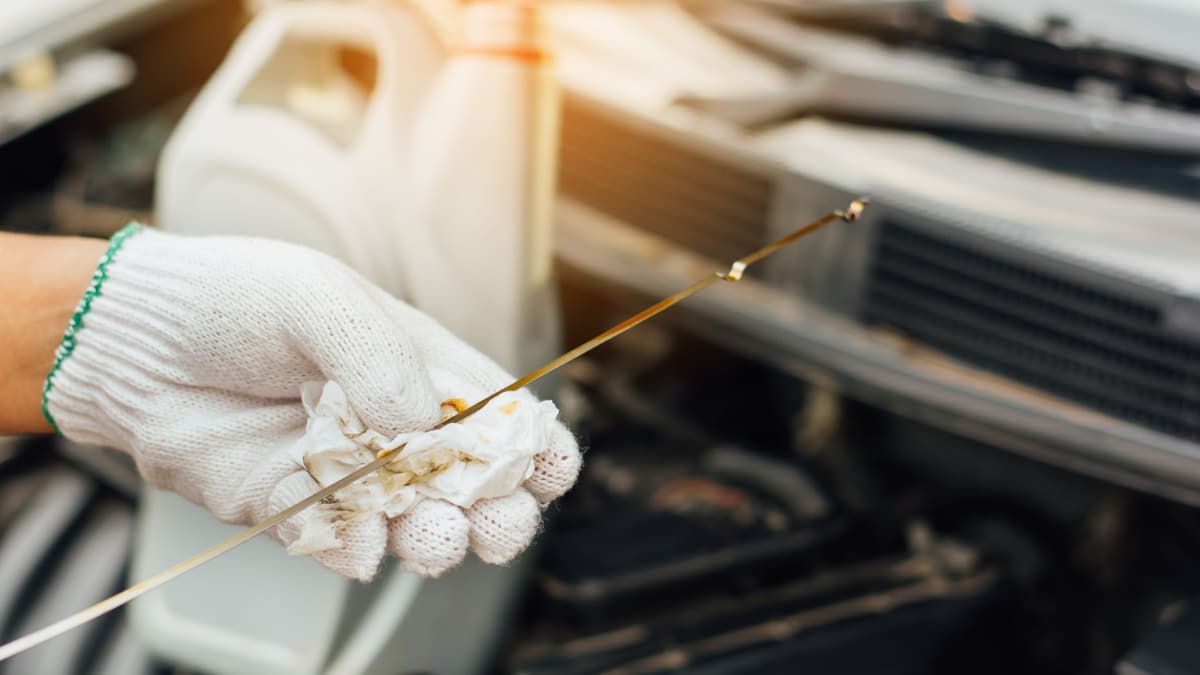When you drive your car, you expect that the transmission will shift seamlessly between gears, but that’s not always the case. If there is a problem with the transmission, it could begin exhibiting trouble shifting between gears. If the auto transmission won’t shift into third gear, you could be looking at a multitude of problems.
In this article, we discuss the reasons why your automatic transmission won’t shift out of second gear. We also look at the steps you can take to repair the problem.
Causes of Transmission that Won’t Shift into 3rd Gear
Issues with shifting the automatic transmission to 3rd gear often relate to degraded transmission fluid. However, the transmission could also be struggling because of a bad torque converter, a faulty PCM or a damaged shift solenoid that needs to be repaired.
Here is a more detailed list of why your transmission won’t shift into 3rd gear:
1. Contaminated Transmission Fluid

Transmission fluid is needed to lubricate the gears and moving parts located inside. It operates much like motor oil, except it’s designed specifically for the transmission. When the transmission fluid gets old, dirt and debris begin to build up in it.
Degraded transmission fluid makes it much more difficult for shifting to occur normally. It can also damage the transmission permanently if it isn’t flushed and replaced promptly. Check your vehicle owner’s manual to find out how often the transmission fluid should be replaced. Following these guidelines can ensure the transmission remains in optimal health.
2. Malfunctioning Shift Solenoid

Inside the transmission, there are several shift solenoids that are responsible for changing the gears automatically for you when the TCM decides to do so. If one of these fails, it can cause shifting issues with any gear, including 3rd gear, so it is therefore very possible that a bad shift solenoid is to blame.
The shift solenoids are most often reached by removing the valve body, which is done by removing the transmission oil pan of your car, but in some cases, you have to remove the transmission completely and take that transmission apart.
RELATED: 7 Symptoms of a Bad Shift Solenoid
2. Bad Torque Converter
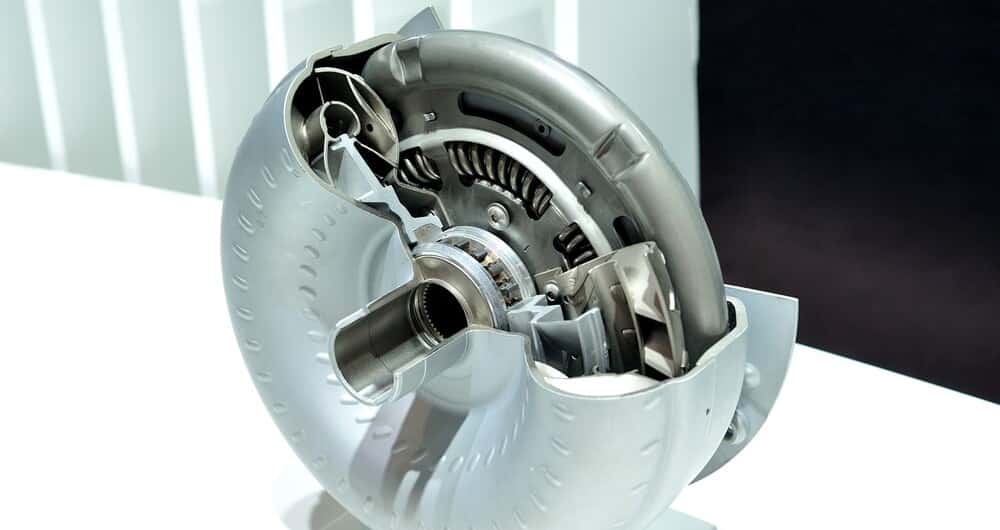
The torque converter is responsible for engaging and disengaging the transmission from the engine. It includes vital components, such as a stator and a turbine.
Any of the parts in the torque converter can fail, leading to a slipping transmission. It can also lead to trouble shifting into a particular gear.
4. Faulty PCM or TCM

When the PCM or TCM fails, the transmission performance is degraded. The PCM or TCM is responsible for controlling the gearbox. In this way, it acts as the system’s brain.
As the PCM starts to fail, you may notice other symptoms as well. It’s common to see the Check Engine Light and experience erratic shifting patterns. The vehicle might even go into the Limp Mode until the problem is resolved.
What to Do When Auto Transmission Won’t Shift
1. Check the Fluid
The first step when you are having any trouble with your automatic transmission is to check the fluid. Unless your vehicle has a sealed transmission, you will be able to pull out the dipstick and read the levels. Make sure you wipe it off and put it back in for a more accurate reading. If the levels are low or below the fill line, it’s time to add some fluid.
While you are checking how much fluid there is, be sure to also check the condition. The color of the fluid offers a lot of information about the health of the transmission. If the fluid is good, it will be a red-pink color. As it gets older, it starts to turn brown, indicating it’s time for a transmission fluid flush. However, if the fluid is black or dark brown and has a burnt smell or metal shavings included, you could be looking at larger problems.
RELATED: Transmission Fluid Color Chart (5 Different Colors)
2. Read Trouble Codes
When there is a fault in the car’s computers, an error code is set. You can read these codes and learn more about the problem with an OBDII scanner.
Each vehicle uses different codes, although there are some that are universal. For example, you might see a P0606 or P0113 code if there is an issue with the PCM. Whatever code you see, it’s possible to do some research online and hunt down the trouble for a quick fix.
3. Contact A Professional
Even if you are a skilled mechanic, you might encounter a problem that is over your head. If you see a code that you don’t know how to resolve or you are unsure why the transmission is acting up, it’s best to get professional guidance.
In many cases, prompt attention can alleviate larger transmission problems down the road. The longer you let the issue continue, the more damage might occur to the transmission. Hopefully, the problem is related to a simple issue that can be resolved quickly.
What would cause the transmission not to shift?
Due to its complexity, several potential causes might stop the automatic transmission from shifting. The first thing to check is the transmission fluid, which may be low or contaminated. Other likely failure points include bad shift solenoids, a slipping torque converter, and a faulty transmission control module. In addition, there are a variety of engine and vehicle sensors that provide data necessary for the transmission’s operation. Using an OBD2 scan tool to check the stored error codes could reveal a lot here.
What causes a transmission to slip in 3rd gear?
An automatic transmission may slip in 3rd gear for a variety of reasons. Most potential causes coincide with those that would result in other gearshift issues, such as low transmission fluid levels or faulty shift solenoids. But apart from that, there’s also a failure point specific to 3rd gear issues, and that’s the torque converter clutch. This mechanical coupling, which connects the engine to the transmission, may become worn or damaged over time, causing 3rd gear to slip or not engage.
How do you fix a transmission not shifting?
If an automatic transmission is having shifting issues or slipping, checking its fluid level is the first thing to do. Apart from insufficient lubrication, this fluid, if low, will overheat and lose its ability to move mechanical components. If this doesn’t help, checking the codes might help narrow down the problem. Clogged or worn shift solenoids are a common issue, especially in transmissions whose fluid changes have been neglected. Apart from that, it’s possible to have a slipping torque converter or a faulty transmission control module.
Can low transmission fluid cause no shifting?
Yes, the automatic transmission will likely have shifting issues or even start slipping if the fluid level is low. If there isn’t enough of it, the transmission fluid will overheat, which affects its hydraulic properties. Consequently, the transmission’s operation will be affected, as it uses pressurized transmission fluid to move its mechanical components. This is why the correct fluid level is vital for automatic transmission.
Modern automatic transmissions, with their sensitive and precisely-made components, are elaborate and complex devices. As a result, even the slightest irregularity may affect their operation, causing gear shift issues or slipping. This, in most cases, happens because of low transmission fluid levels or bad shift solenoids.
Apart from that, a malfunctioning torque converter or faulty transmission control module may cause various gearshift issues. If your transmission is slipping or not shifting correctly, you should check it immediately. Driving with a malfunctioning automatic transmission can quickly result in costly damage.
Categories: Transmission, Troubleshooting

